
Sorting for Circularity Framework
Launched in 2021, the Sorting for Circularity Framework aims to bridge the gap between the textile sorting and recycling industries by improving data collection on textile waste volumes and characteristics (such as composition, quality and colour). This initiative was designed to address the critical lack of information and implementation needed to enhance textile waste management and recycling processes using sorting and traceability.
Problem Statement
Each year, significant amounts of post industrial and post consumer textile waste is produced but there is a lack of comprehensive data on volumes and characteristics. This impedes informed decision-making for policy, investment, and business models.
Alongside this, growing regulations and technologies for value recovery from waste are becoming essential. Current sorting practices prioritise reuse and downcycling, but there’s an urgent need to expand fibre-to-fibre recycling to create closed loop solutions and contribute to a more circular economy.
Improving sorting by composition and accessing traceability can also unlock new revenue streams for sorters by diverting more materials to fibre-to-fibre recycling, creating a stronger business case for investment in these technologies.
The Fashion for Good Sorting for Circularity Framework looked to bridge this gap, collecting the necessary data required in terms of volumes and characteristics and to assess the business case for sorting in different geographies around the world.
Executive Summary
The project spanned three key regions: Europe and the USA which focused on post-consumer waste, and India, which addressed both post-consumer and post-industrial waste. In the post-consumer pilots, data was collected from sorting facilities using advanced technologies like Matoha scanners and Picvisa systems. The focus was on identifying rewearable, and non-rewearable textiles, with data captured on product type, age group, colour, disruptors, and composition through handheld scanners and an application. For post-industrial waste in India, the emphasis was on the importance of sorting at the factory level and fostering traceability through collaboration with Reverse Resources. These initiatives are documented in various reports and a comprehensive Sorters Handbook was developed, applying the Sorting for Circularity methodology across all regions, adapted to regional contexts.
The primary goal of this project was to gather robust data, develop a streamlined waste supply chain, and enable sorting, traceability and advanced recycling through technological solutions. Additionally, it seeks to create connections within the industry and valorise textile waste while developing the end-use case supply chain.
Linked Projects
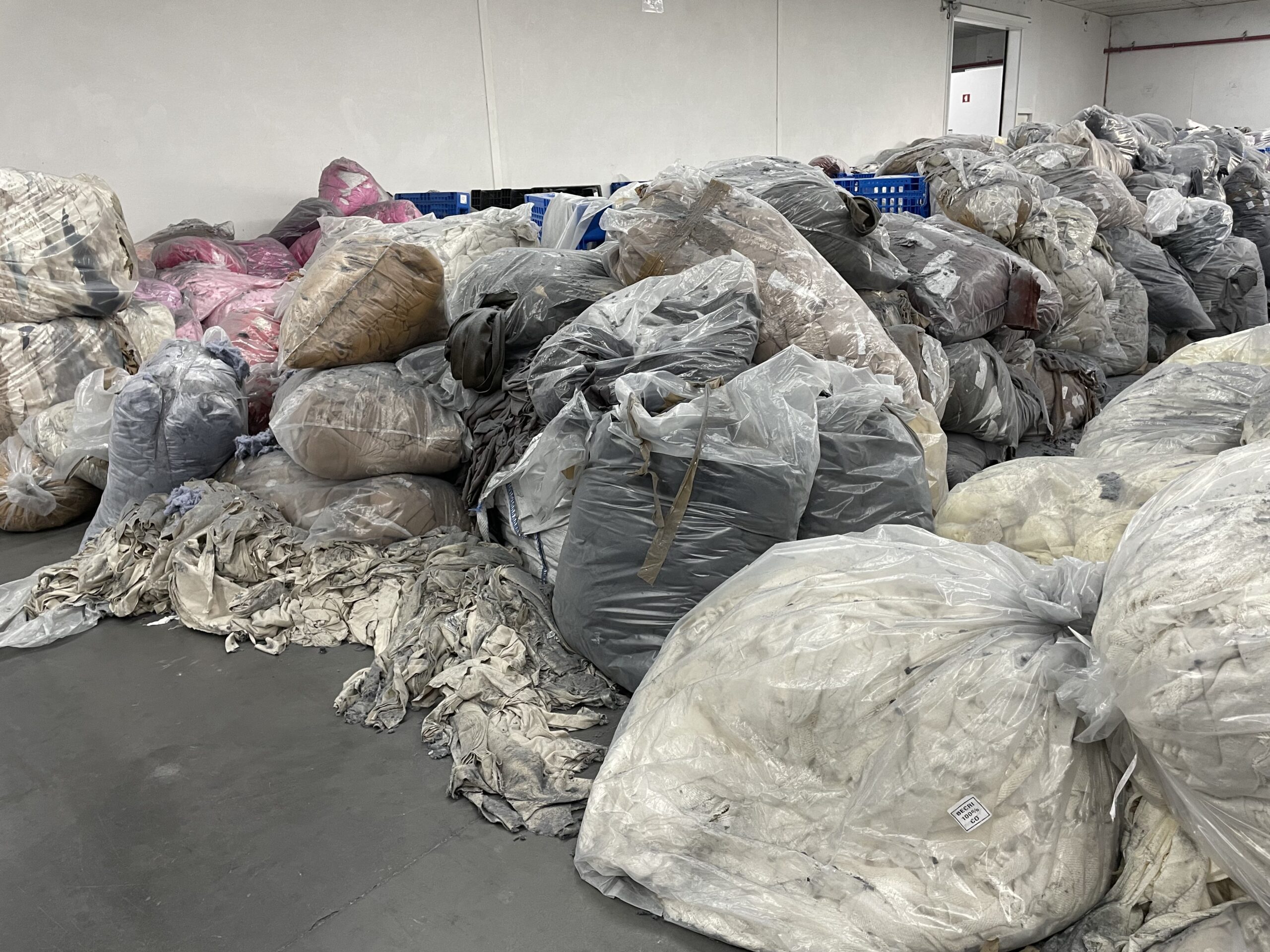
Sorting for Circularity USA
The project aims to assess the potential for fibre-to-fibre recycling in the United States. The project evaluated consumer behaviour around textile disposal and analysed post-consumer textile waste to determine its suitability for recycling. The goal was to promote circularity by improving textile collection systems and supporting the development of recycling infrastructures and technologies.

Sorting for Circularity India: Pre-Consumer Pilot
The Sorting for Circularity India Pre-Consumer Pilot aimed to organise the Indian textile waste market by establishing a circular economy that maximises value recovery from textile waste. This pilot addressed pre-consumer waste (factory floor cutting waste) and aimed to demonstrate a 360° closed-loop system, where factory waste is segregated, digitally traced, and then processed by recyclers to produce new fibres, which are returned to the production chain. The initiative sought to enhance transparency, traceability, and efficiency in India’s textile waste management system.
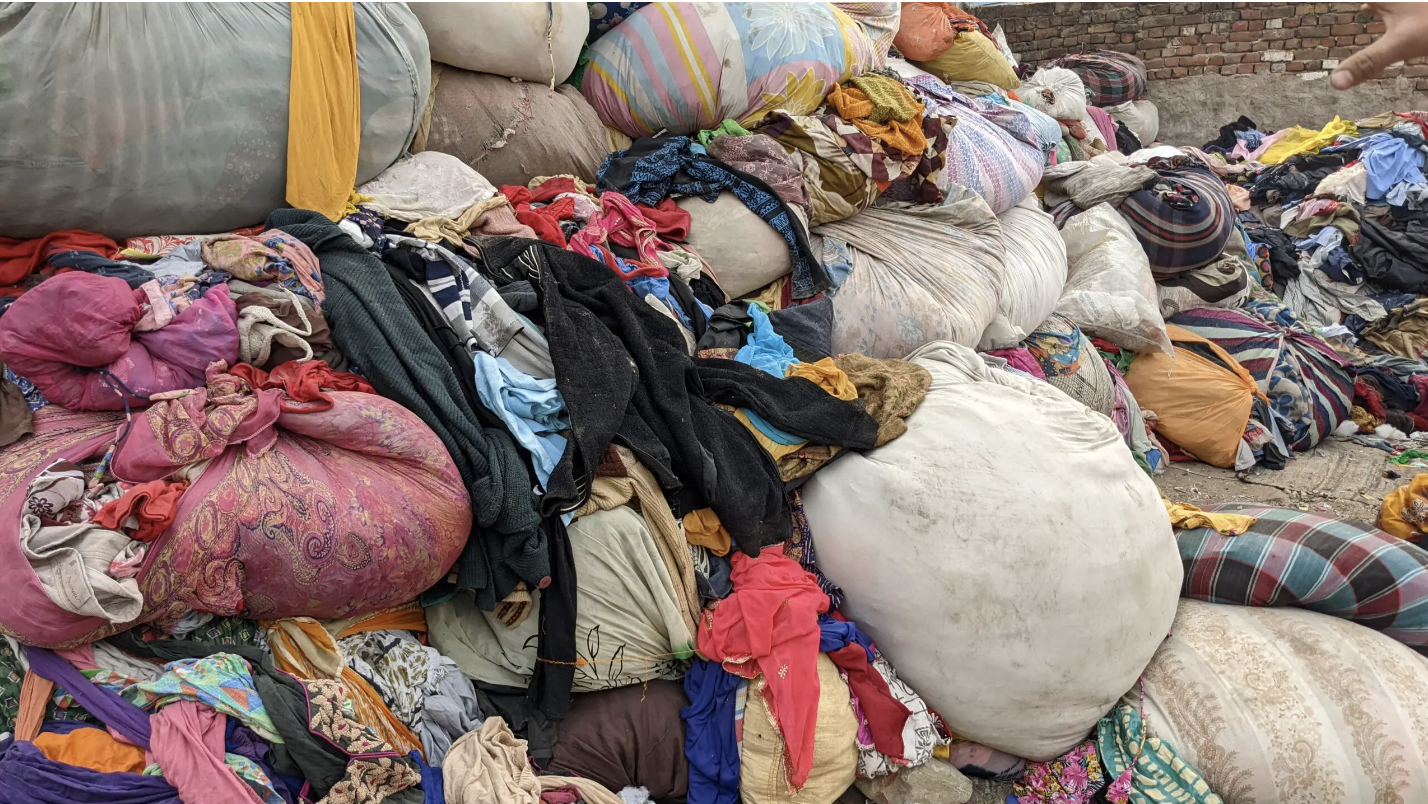
Sorting for Circularity India: Post-Consumer Pilot
India generates around 3,944k tonnes of post-consumer textile waste annually, with 48% viable for recycling feedstock, though inadequate sorting and recycling systems prevent full utilisation. This project involved two primary pilots that tested sorting innovations: Matoha’s FabriTell desktop scanner for semi-automated sorting and PICVISA’s ECOSORT for fully automated sorting. The pilots aimed to assess these technologies’ ability to categorise waste by fibre and colour efficiently, ultimately facilitating quality feedstock production for recycling. Initial findings suggest India could effectively harness a closed-loop textile recycling system, with cotton and polyester blends as dominant waste types.

Sorting for Circularity India
This project was designed to organise and optimise India’s textile waste supply chain. By evaluating various waste streams for collection, sorting, and pre-processing, the initiative aimed to enhance circularity in textiles. It sought to improve collection and sorting systems, foster recycling infrastructure, and introduce innovative solutions to generate new revenue streams and next-generation materials from textile waste-reducing reliance on virgin resources and minimising landfill and incineration.
Relevant resources

Fashion for Good Launches The Sorting for Circularity India Project
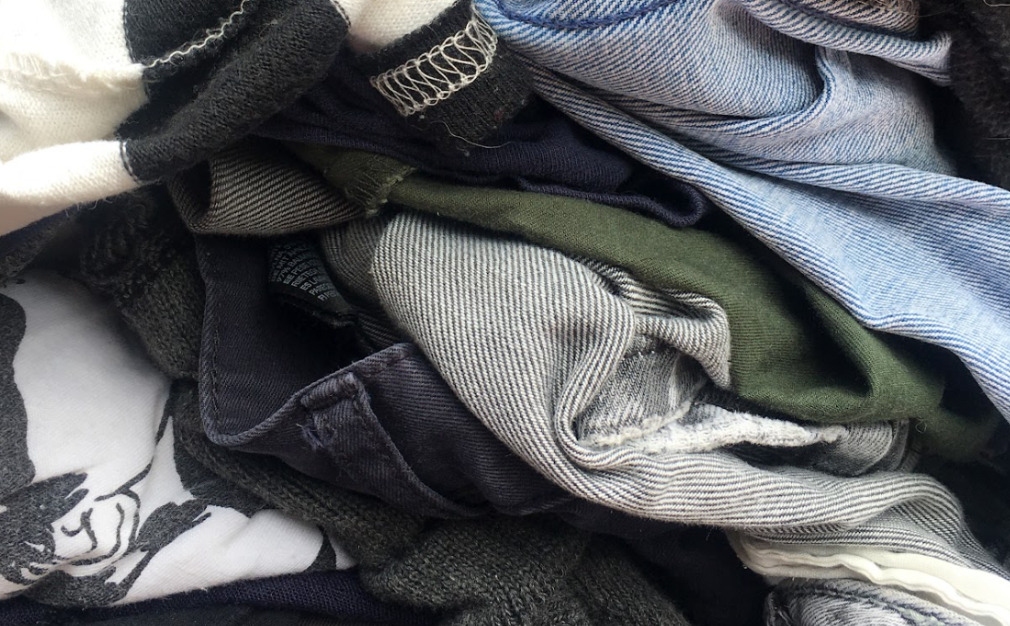
Sorting For Circularity Europe: Project findings highlight immense opportunity to accelerate textile recycling
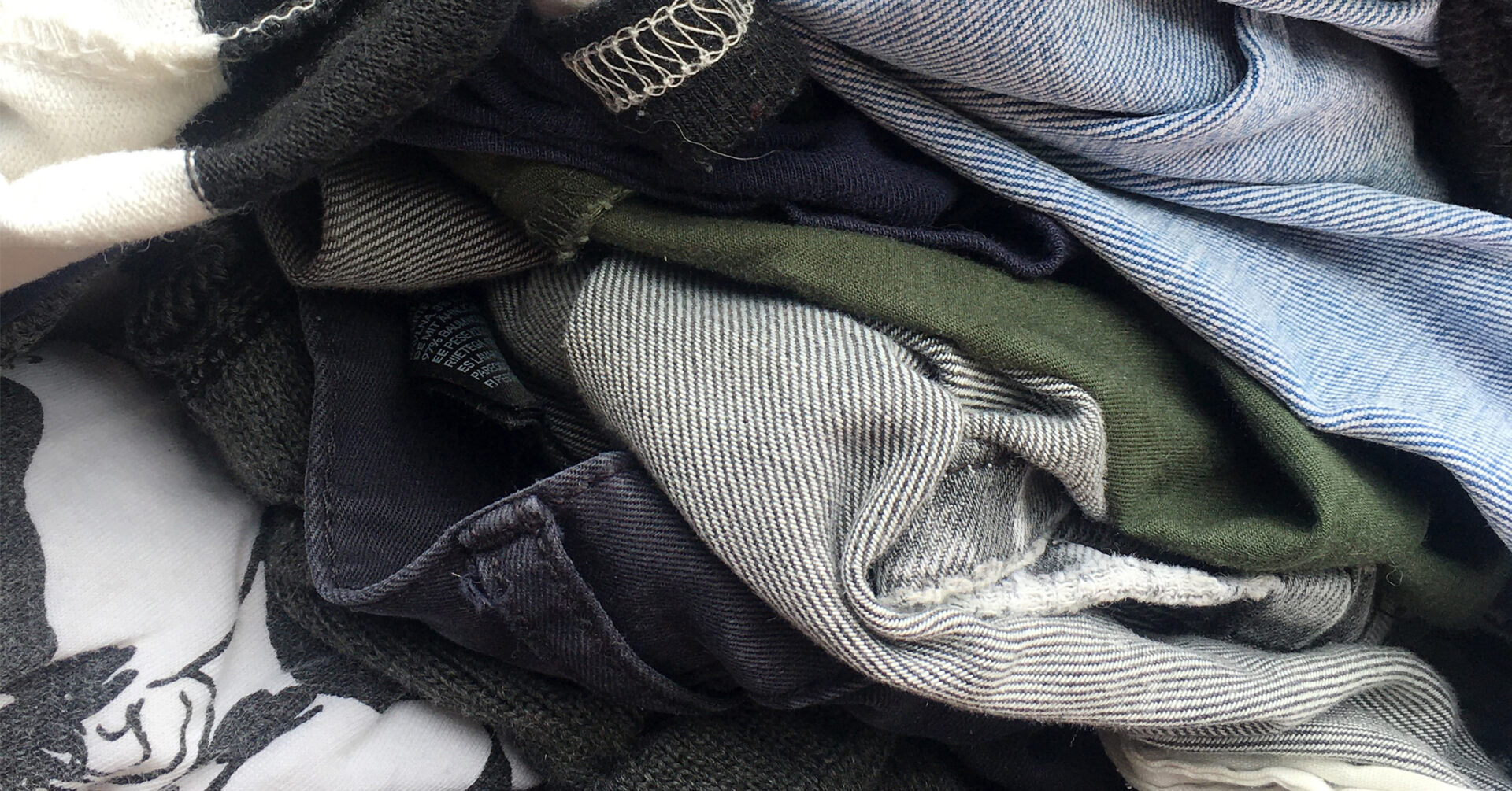
Sorting For Circularity; Fashion for Good Launches New Project To Drive Textile Recycling
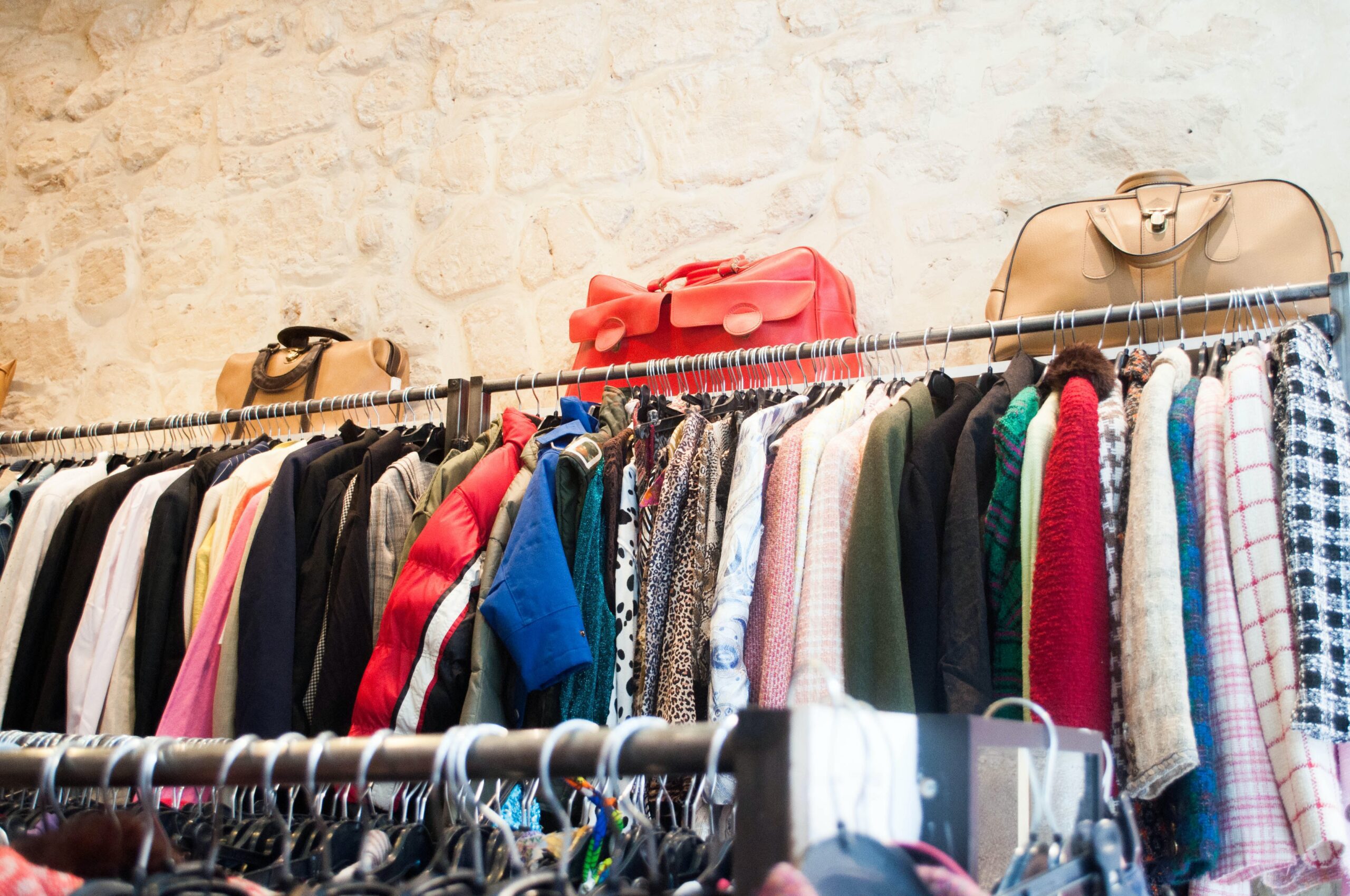
Sorting for Circularity Europe Expands to Address Rewearable Textile Crisis
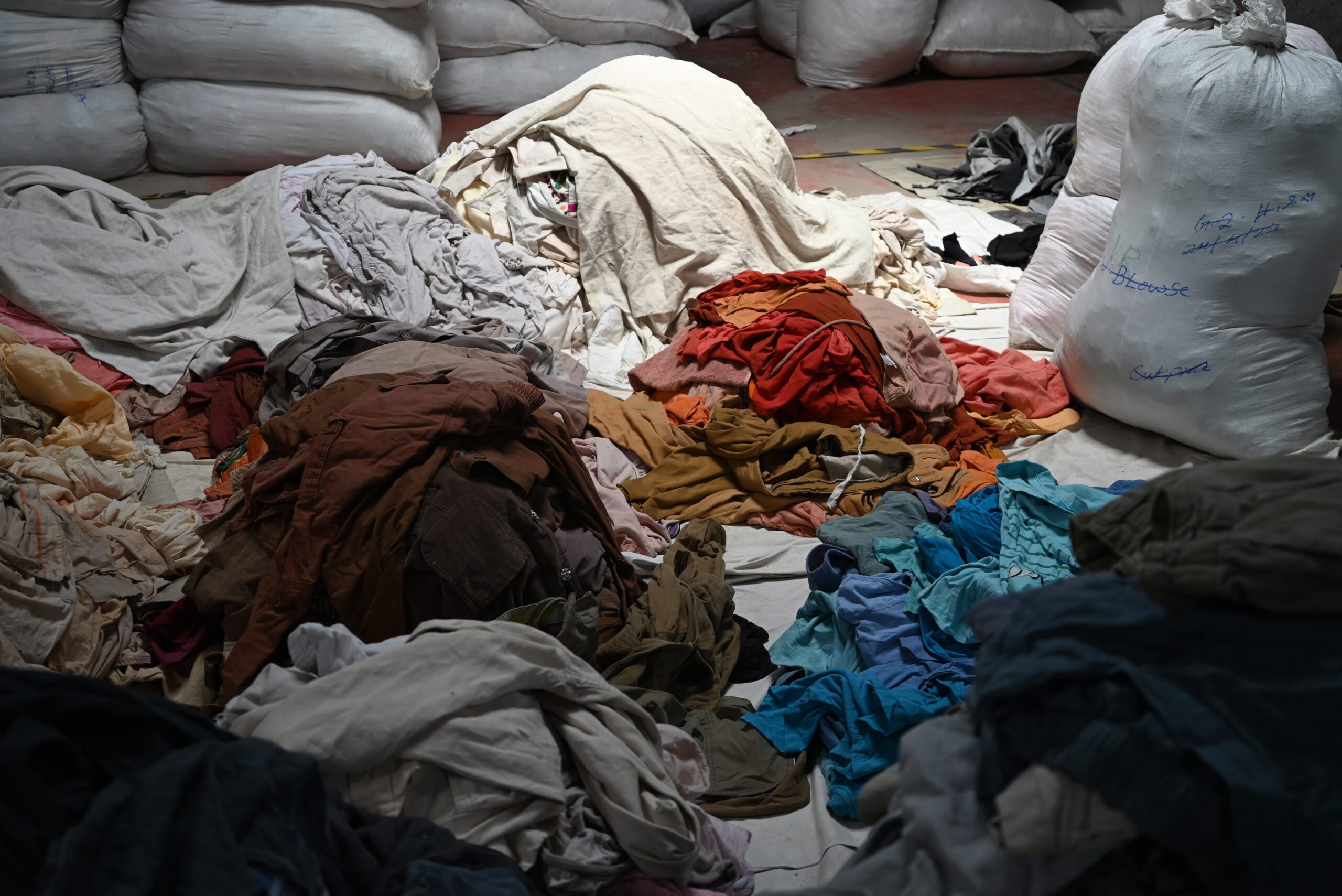
Sorting for Circularity India Toolkit Launched: Pioneering Partnership Sets India on Path to Next-Gen Textiles Leadeship

Driving Circular Innovation Forward: Fashion for Good Welcomes New Partners to its Sorting for Circularity USA Project

New Partners Join the Sorting for Circularity Project
Other Projects

The Next Stride: Bio-based Materials for Footwear Soles
“The Next Stride: Bio-based Materials for Footwear Soles” aims to validate the performance and environmental impact of bio-based polymers as sustainable alternatives to the fossil fuel-derived materials currently used in footwear soles. The objective is to collectively de-risk the transition to these “next-generation” materials by rigorously testing their technical properties and assessing environmental benefits. Ultimately, the purpose is to accelerate the adoption of these bio-based solutions and pave the way for a more sustainable footwear industry.

Beyond50 Denim: Combining Cottonised Hemp And Green Chemistry
“Beyond50 Denim: Combining Cottonised Hemp And Green Chemistry” aims to validate the performance and environmental impact of cottonised hemp processed with green chemistry to act as a true alternative to cotton in denim applications. The project goal is to evaluate the performance of SEFF’s cottonised hemp fibre in combination with Fibre52’s bio-friendly chemistry solution within denim fabric applications with a total hemp content of 50% and above. The fabrics will be benchmarked against conventional 100% cotton denim with a specific focus on handfeel and aesthetic characteristics.

Price Parity Toolkit
The Price Parity Toolkit (PPT) was designed to help bridge the price gap between next-gen* and conventional materials. Developed by Fashion for Good with the support of Canopy, this industry-supported framework introduces a financing mechanism that decouples price premiums at early stages of the supply chain to enable adoption and drive the scale of lower-impact materials.
